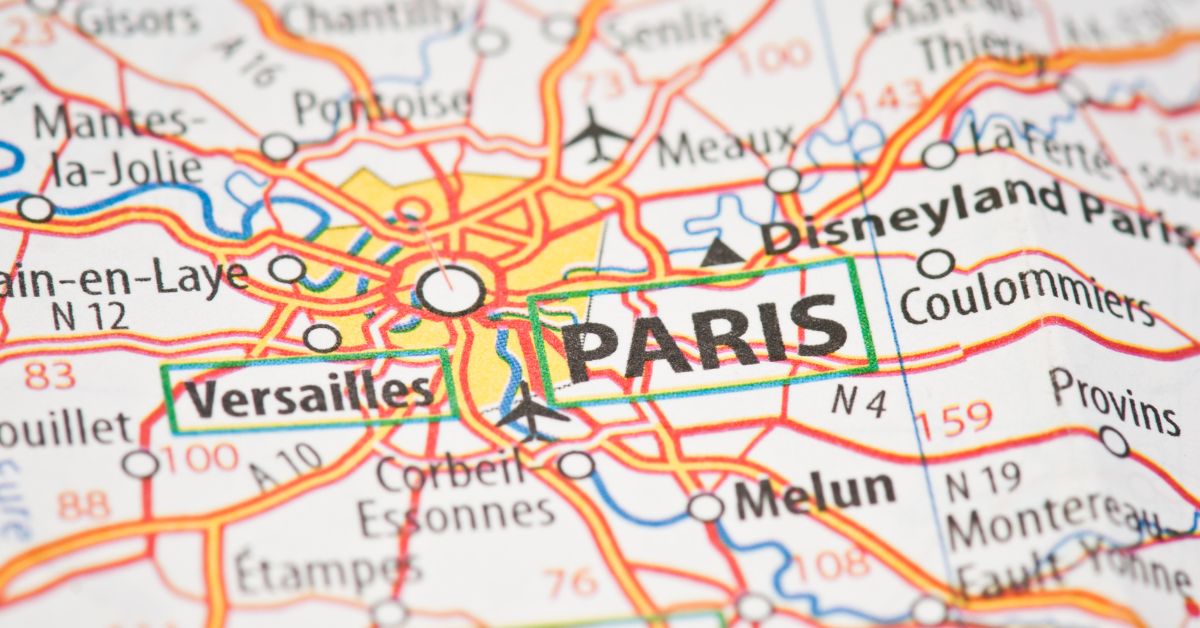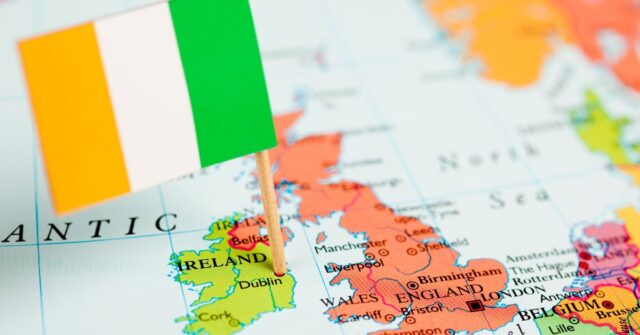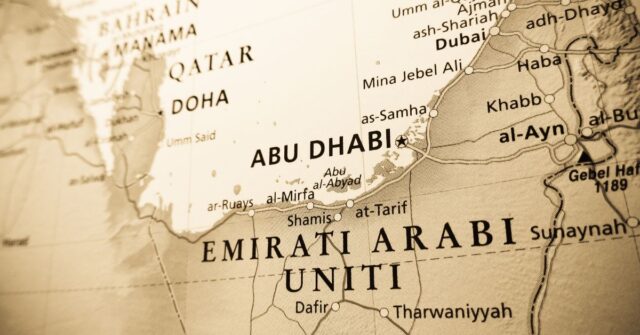The Viking sieges of Paris were pivotal moments in medieval history, showcasing the relentless ambition and tactical prowess of the Norsemen.
These events left a lasting impact on Francia, shaping its defenses and influencing its political landscape.
This comprehensive account delves into the details of the sieges and their broader implications.
Introduction
The Viking sieges of Paris were not merely isolated attacks but significant historical events that influenced the course of medieval European history.
The sieges highlight the Norsemen’s strategic capabilities and the resilience of the Frankish defenders.
The Significance of the Viking Sieges of Paris
Understanding the Viking sieges of Paris is crucial for grasping the dynamics between the Norse invaders and the Frankish kingdom.
These events exemplify the Vikings’ far-reaching influence and the Franks’ eventual adaptation to repeated invasions.
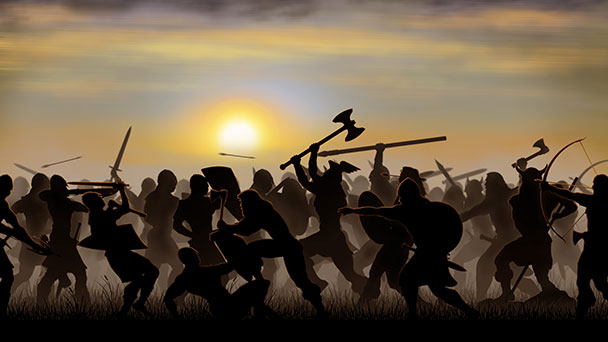

Key Figures: Ragnar Lodbrok, Count Odo, and More
The sieges involved notable figures such as Ragnar Lodbrok, a legendary Viking chieftain, and Count Odo, a valiant defender of Paris.
Their actions and decisions played critical roles in the unfolding of these historical confrontations.
The First Siege of Paris (845)
The first Viking siege of Paris in 845, led by Ragnar Lodbrok, marked a turning point in the history of Viking incursions into Francia.
This section explores the events leading up to the siege, the attack itself, and its aftermath.
Ragnar Lodbrok’s Fleet and Initial Approach
In 845, Ragnar Lodbrok sailed up the Seine with a fleet of 120 ships. This formidable armada carried thousands of Viking warriors intent on plundering the wealthy city of Paris.
The approach was swift and strategic, taking advantage of the political turmoil within the Frankish kingdom.
The Attack on Paris
The Vikings launched a fierce attack on Paris during Easter, catching the defenders off guard. They plundered the city, causing significant destruction and instilling fear among the populace.
The Frankish forces, led by Charles the Bald, were unable to repel the invaders effectively.
Charles the Bald’s Ransom and the Aftermath
To save Paris from complete destruction, Charles the Bald paid Ragnar a substantial ransom of 7,000 French livres in gold and silver.
This payment set a precedent for future Viking tactics, encouraging them to seek ransom over outright conquest.
Setting the Precedent: The First Danegeld
The ransom paid to Ragnar is often considered the first recorded instance of the Danegeld, a tribute paid to Viking raiders to buy peace.
This tactic would become a common response to Viking threats in the following decades.
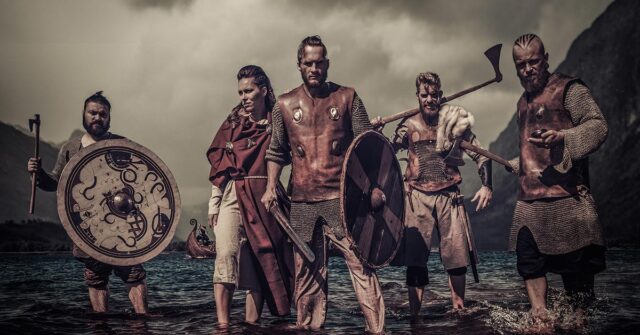

Intervening Years and Continued Raids
Between the two major sieges of Paris, the Vikings continued to raid and plunder various regions of Francia.
This period was marked by frequent incursions and evolving defensive strategies by the Franks.
Ongoing Viking Raids and Their Impact
The Vikings did not cease their activities after the first siege. They continued to target monasteries, towns, and settlements, extracting wealth and causing widespread devastation.
These raids weakened the Frankish economy and destabilized the region.
Key Viking Leaders and Their Campaigns
Several prominent Viking leaders, including Bjorn Ironside and Hastein, led raids across Francia.
Their campaigns were marked by both opportunistic plundering and strategic assaults on key locations.
Frankish Responses and Defensive Measures
In response to the persistent Viking raids, the Frankish rulers, including Charles the Bald and his successors, implemented various defensive measures.
They fortified towns, constructed bridges and towers, and developed rapid response strategies to counter Viking incursions.
These efforts aimed to protect critical locations and minimize the impact of Viking attacks.
The Second Siege of Paris (885-886)
The second siege of Paris, occurring from 885 to 886, was a more prolonged and complex confrontation between the Vikings and the Franks.
This section examines the preparations, the siege itself, and its broader implications.
Defensive Preparations by Count Odo and the Franks
Anticipating another Viking assault, Count Odo and the Franks undertook extensive preparations to defend Paris.
They reinforced the city’s fortifications, including the construction of fortified bridges across the Seine. These defenses played a crucial role in withstanding the Viking siege.
Eyewitness Account: Abbo Cernuus’s Bella Parisiacae Urbis
A valuable source of information on the second siege is Abbo Cernuus’s Latin poem, Bella Parisiacae Urbis.
As an eyewitness, Abbo provided a detailed account of the events, describing the tactics used by both the defenders and the attackers.
His work offers unique insights into the siege’s day-to-day experiences.
The Viking Strategy and Initial Demands
The Viking fleet, led by Sigfred and Rollo, approached Paris and initially demanded free passage up the Seine.
When Count Odo refused, the Vikings launched a series of attacks, seeking to overwhelm the city’s defenses.
Their strategy included constructing siege engines and repeatedly assaulting key fortifications.
Major Battles and Key Events During the Siege
Several significant battles occurred during the siege.
The Vikings employed mangonels and catapults to breach the city’s walls, while the defenders utilized boiling oil and other tactics to repel the attackers.
Despite their relentless efforts, the Vikings were unable to take the city, leading to a protracted and grueling standoff.
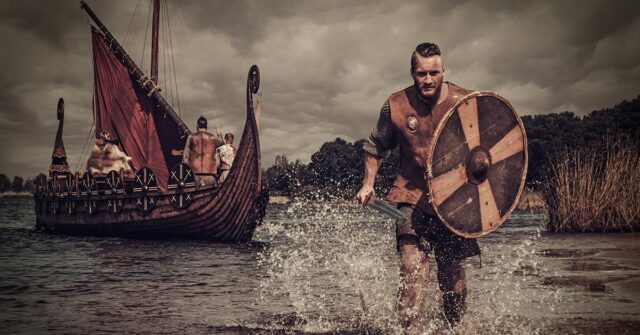

The Role of Fortified Bridges and Siege Weapons
The fortified bridges of Paris, particularly the Grand Châtelet and Petit Châtelet, were crucial in defending the city.
These structures, equipped with defensive towers and manned by determined soldiers, thwarted multiple Viking attempts to cross the Seine and penetrate Paris.
The use of siege weapons by both sides further exemplified the intense military ingenuity of the period.
Long-Term Implications of the Second Siege
The second siege of Paris had profound long-term implications. It demonstrated the resilience of the Frankish defenses and the importance of well-prepared fortifications.
The siege also marked a turning point in the Viking strategy, as prolonged sieges proved less effective than swift raids.
Impact and Legacy
The Viking sieges of Paris significantly impacted the medieval history of Francia, influencing military strategies, political dynamics, and cultural interactions between the Norsemen and the Franks.
Military Tactics and Fortifications Post-Sieges
Following the sieges, the Franks continued to enhance their defensive infrastructure, constructing more fortified bridges, towers, and walls.
These improvements helped protect key regions and deter future Viking invasions, showcasing the evolution of medieval military tactics.
Political and Cultural Ramifications
The repeated Viking incursions into Francia prompted changes in political leadership and strategies.
Leaders like Count Odo emerged as heroes, and the need for strong local governance became evident.
Culturally, the interactions between the Vikings and the Franks led to exchanges of knowledge, technology, and even the eventual integration of some Norse elements into Frankish society.
The Lasting Influence of Viking Incursions in Francia
The Viking sieges left an indelible mark on Francia, shaping its historical trajectory. The events highlighted the importance of strategic defense and resilience in the face of external threats.
The legacy of these sieges can still be seen in the fortified structures that remain and the historical narratives that continue to captivate audiences.
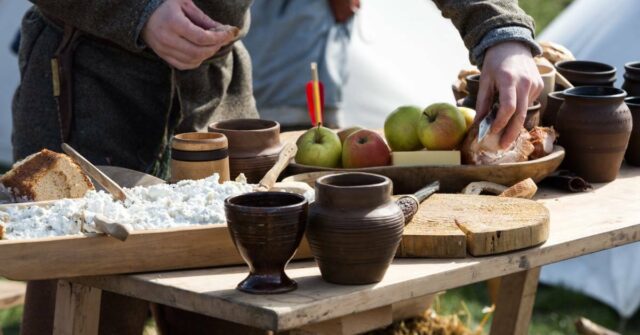

Conclusion
The Viking sieges of Paris were defining moments in medieval history, showcasing the strategic prowess of the Norsemen and the resilience of the Frankish defenders.
The first siege in 845 and the prolonged siege from 885 to 886 highlighted the evolving nature of Viking tactics and the corresponding defensive measures by the Franks.
Summary of Key Points
The Viking sieges of Paris were defining moments in medieval history, showcasing the strategic prowess of the Norsemen and the resilience of the Frankish defenders.
The first siege in 845 and the prolonged siege from 885 to 886 highlighted the evolving nature of Viking tactics and the corresponding defensive measures by the Franks.
Historical Significance of the Viking Sieges of Paris
These sieges had far-reaching implications, influencing the development of military strategies and fortifications in medieval Europe.
They also underscored the importance of effective leadership and preparation in defending against formidable foes.
Further Reading and Resources
For those interested in exploring this topic further, numerous historical texts and modern analyses offer detailed accounts of the Viking sieges of Paris.
Eyewitness accounts like Abbo Cernuus’s Bella Parisiacae Urbis, as well as works by contemporary historians, provide valuable insights into these pivotal events.

